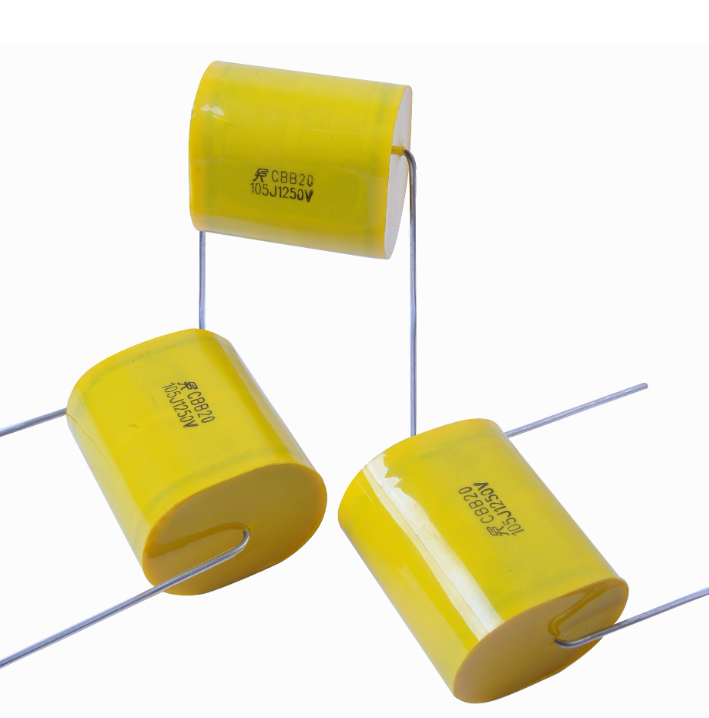Safety capacitors play a vital role in electronic equipment and are mainly divided into two categories: X capacitors and Y capacitors. Both types of capacitors fall into the category of safety capacitors, with the main difference being the connection location and application. The X capacitor is usually connected between the live and neutral wires, while the Y capacitor is connected between the live and ground wires. Their main function is to provide effective filtering of common-mode and differential-mode interference in the power supply filter, thereby improving the stability and safety of the power supply. The core definition of a safety capacitor is to ensure that it does not endanger personal safety even after its failure. This is extremely important in the design and use of electronic products.
To further refine it, safety capacitors are divided into different subcategories based on their safety levels. According to the International Electrotechnical Commission IEC664 standard, X capacitors are divided into X1, X2 and X3 grades according to the peak pulse voltage they can withstand. These ratings reflect the capacitor's performance under different overvoltage conditions. At the same time, Y capacitors are also classified into Y1, Y2, Y3 and Y4 grades based on their insulation type and rated voltage range. Importantly, the capacitance of the Y capacitor is usually limited to ensure that the leakage current at a specific frequency and voltage and the impact on the electromagnetic compatibility (EMC) of the system are within a controllable range.
It is particularly important to emphasize that in addition to meeting specific voltage withstand requirements, Y capacitors must also have sufficient safety margins in terms of electrical and mechanical performance. This is to prevent potential breakdown or short circuit under extremely harsh environmental conditions, thus ensuring personal safety. For example, according to the GJB151 standard, the capacity of the Y capacitor should not be greater than 0.1uF. Such design and specifications are to ensure the voltage resistance performance of the capacitor, thereby ensuring the safety of users while protecting the function of the equipment.

Safety capacitors are widely used in various electronic products in today's society, and they are closely connected with our daily lives. The quality of products directly affects our quality of life and safety. Therefore, when choosing safety capacitors, we should choose genuine products that are produced by regular manufacturers and have passed safety certifications in various countries to ensure quality and safety of use. Understanding and selecting appropriate safety capacitors is crucial for any project involving electronic equipment. It is not only related to the normal operation of the equipment, but also to the safety of the user.
